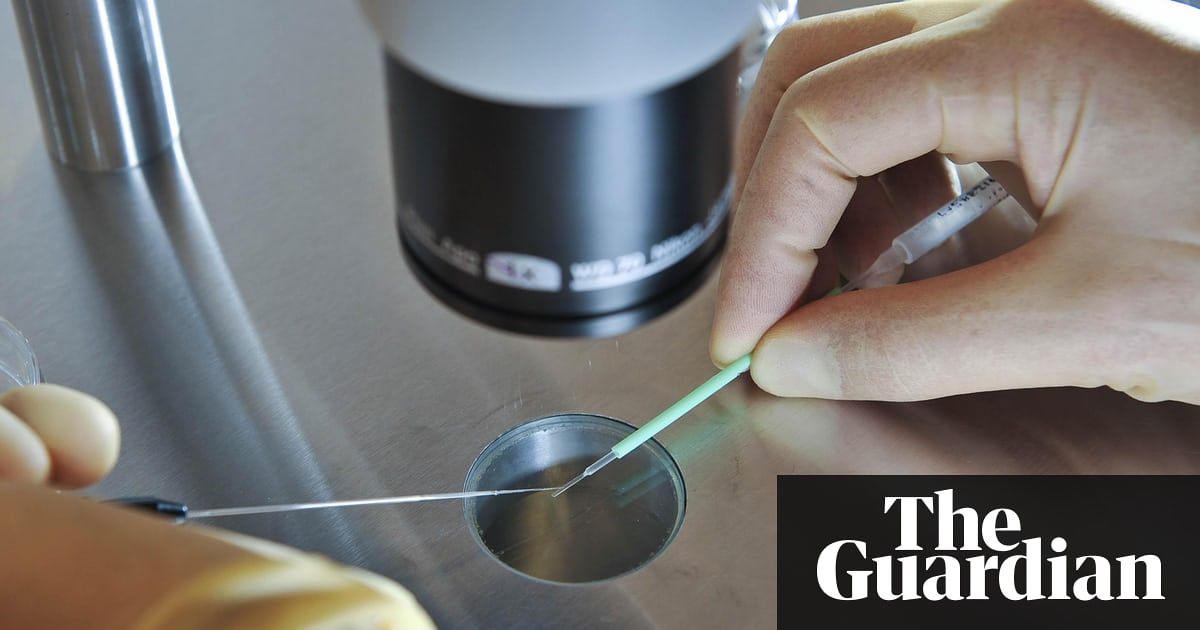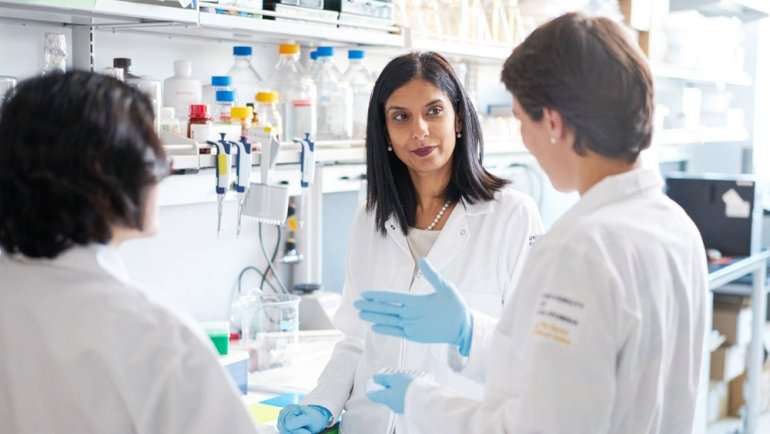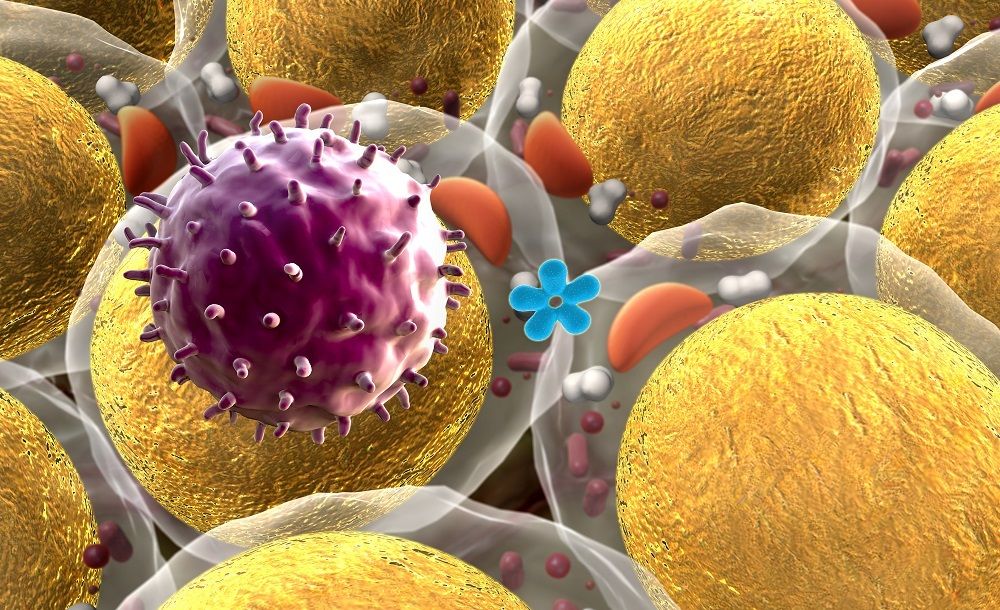Archive for the ‘genetics’ category: Page 437
Feb 6, 2018
Regenerative Reprogramming to Beat Aging Say Researchers
Posted by Brady Hartman in categories: biotech/medical, genetics, life extension
Summary: Regenerative reprogramming of the body with injections could turn back the clock in our organs, say scientists in a Jan 2018 report. Prematurely aged mice lived 30% longer after Salk Institute researchers genetically reprogrammed their cells while still in the body. [This article first appeared on the website LongevityFacts.com. Author: Brady Hartman. ]
Imagine a time in the future when the doctor gives you the bad news: you need a heart transplant. In the past, this would be an expensive and drastic procedure. Instead, the doctor gives you an injection that rejuvenates your heart. In time, your heart eventually mends itself, reverting to the strength and vigor of your youth.
The dream is closer to reality than you think, thanks to a novel technique developed by a team researchers headed by Juan Carlos Izpisua Belmonte at the Salk Institute in La Jolla.
Continue reading “Regenerative Reprogramming to Beat Aging Say Researchers” »
Feb 6, 2018
Our aging immune system explains cancer, not genetic mutations says new study
Posted by Brady Hartman in categories: biotech/medical, genetics, life extension
A new study says that our aging immune system plays a larger role in explaining cancer than genetic mutations. The new findings support the idea of rejuvenating the thymus — an essential immune system organ — as a strategy to prevent cancer.
Summary: A new study says that our aging immune system plays a larger role in explaining cancer than genetic mutations. The new findings support the idea of rejuvenating the thymus – an essential immune system organ – as a strategy to prevent cancer. [This article first appeared on LongevityFacts. Author: Brady Hartman. ]
A new study suggests that our aging immune system plays a larger role in cancer than previously thought, challenging the conventional notion that genetic mutations are the primary driver of tumors.
Continue reading “Our aging immune system explains cancer, not genetic mutations says new study” »
Feb 6, 2018
Bioquark Inc. — Grognostics — Immortality Part II — Ira Pastor
Posted by Ira S. Pastor in categories: aging, biotech/medical, disruptive technology, DNA, futurism, genetics, health, life extension, neuroscience, transhumanism
Part II of the Bioquark Inc. show on Grognostics — https://www.stitcher.com/podcast/grognostics/e/53166919?autoplay=true
Feb 3, 2018
If Elon Musk is to colonise Mars, he’ll need to recruit a crew of genetically-modified humans
Posted by Klaus Baldauf in categories: Elon Musk, genetics, space
People who live on Mars may need to be genetically altered to be resistant to radiation. And while it might seem a long way off, research is already underway to work out how this can be done.
Feb 3, 2018
Bioquark Inc. — Grimerica Show — Ira S. Pastor
Posted by Ira S. Pastor in categories: aging, bioengineering, biotech/medical, cryonics, DNA, genetics, health, life extension, neuroscience, science, transhumanism

Feb 1, 2018
Permission given to create Britain’s first ‘three-person babies’
Posted by Shane Hinshaw in category: genetics
Two women with gene mutation that causes degenerative disorder will undergo therapy.
Ian Sample Science editor.
Feb 1, 2018
Bioquark Inc. — Cafe Esoterica Radio Show (Part #1 ) — Ira Pastor
Posted by Ira S. Pastor in categories: aging, alien life, astronomy, bioengineering, biotech/medical, cosmology, cryonics, genetics, health, neuroscience
Jan 31, 2018
Could a protein named klotho block aging and dementia?
Posted by Brady Hartman in categories: biotech/medical, genetics, life extension, neuroscience
Could a protein called klotho block aging and dementia?
Summary: More klotho means better cognitive function says a scientist. By injecting the protein Klotho into mice with Alzheimer’s, a UCSF researcher improved their brain function. The researcher hopes to eventually apply the treatment to humans to treat aging and dementia. [Introduction by Brady Hartman, followed by a link to the full article.]
Neurologist and neuroscientist Dr. Dena Dubal wants to prevent dementia and aging with a protein called Klotho. Dr. Dubal, MD, Ph.D. – an associate professor of neurology at UC San Francisco – aims to use this novel approach to battle neurodegenerative diseases like Alzheimer’s disease and dementia.
Continue reading “Could a protein named klotho block aging and dementia?” »
Jan 31, 2018
Revolutionary stealth virus holds promise for cancer therapy
Posted by Brady Hartman in categories: bioengineering, biotech/medical, genetics, life extension
Researchers solved a problem that has been holding back the use of viral vectors for cancer therapy. They re-engineered viruses with a novel stealth technique that enables them to be used to treat cancer.
Up until now, viral vectors couldn’t be used widely in cancer therapy. Researchers just announced that they re-engineered an adenovirus with a novel stealth technique that enables it to be used to fight tumors. [This article first appeared on the website LongevityFacts.com. Author: Brady Hartman. ]
Viral vectors are well-developed tools used by scientists to deliver genetic material into cells. Unfortunately, they haven’t worked well to treat cancer until a group of researchers in Switzerland re-engineered them to enable them to be used in cancer therapy.
Continue reading “Revolutionary stealth virus holds promise for cancer therapy” »















